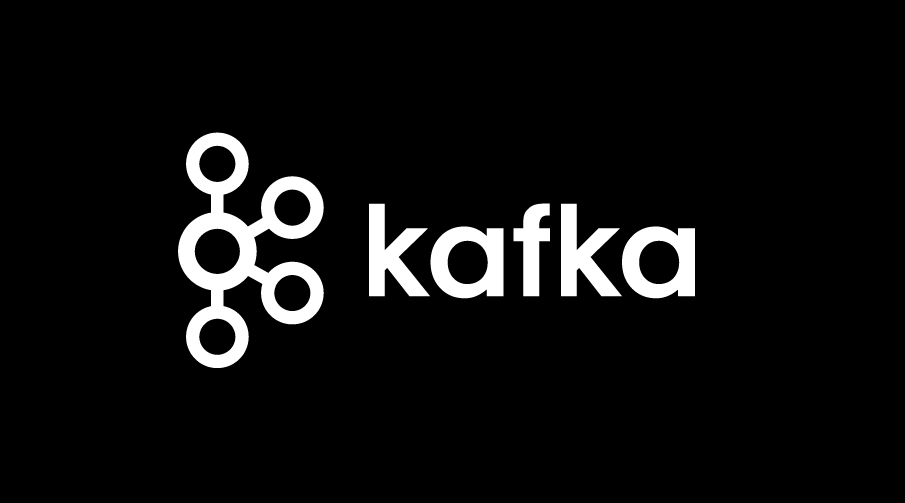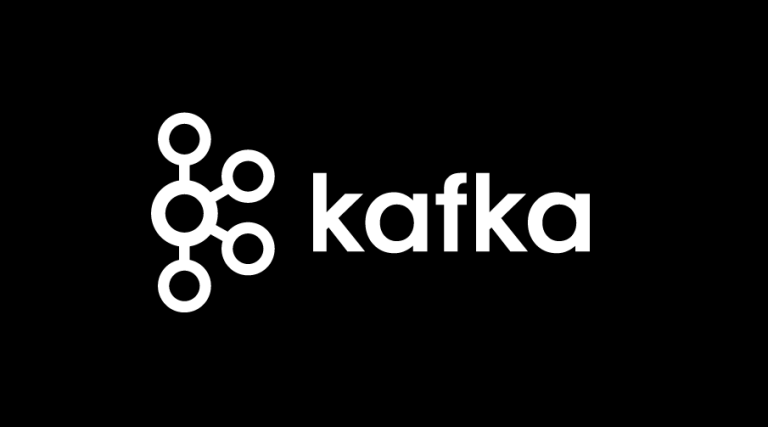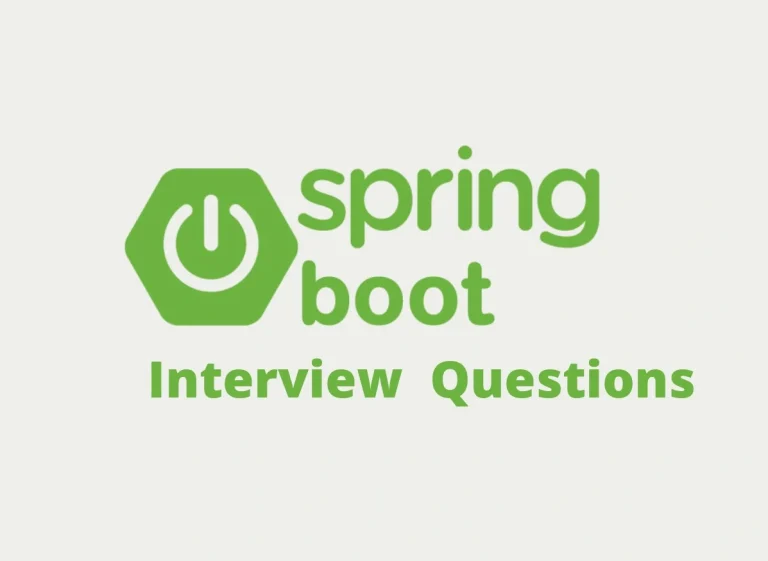Kafka Security Essentials – SASL Auth Spring Boot
Apache Kafka is a powerful event-streaming platform, but with power comes the responsibility of securing your data. Without proper security measures in place, critical data streams might be exposed to unauthorized access, tampering, or leakage. This guide covers the essential aspects of Kafka security—including SSL encryption, SASL authentication, access control lists (ACLs), and multi-tenant security. Along the way, you’ll also see practical Spring Boot examples to help integrate these security features seamlessly into your applications.
Table of Contents
- Introduction to Kafka Security
- Enabling SSL Encryption
- SASL Authentication Types
- Using ACLs for Topic Access
- Multi-Tenant Security
- Spring Boot Kafka Security Example
- External Resources for Further Study
- Final Thoughts
Introduction to Kafka Security
Kafka security ensures that data streams are encrypted, authenticated, and accessed only by authorized entities. By default, Kafka does not enforce security measures, making it essential to enable them for production environments.
Key Security Features in Kafka
- Encryption: Secures data in transit using SSL/TLS encryption.
- Authentication: Ensures only valid clients can produce or consume data using SASL mechanisms.
- Access Control: Restricts access to topics and operations using ACLs.
- Multi-Tenancy: Segregates and limits tenant access in shared Kafka clusters.
Refer to the Apache Kafka documentation for a detailed description of its security model.
Enabling SSL Encryption
SSL (Secure Sockets Layer) encrypts data transport between Kafka clients and brokers, safeguarding it from eavesdropping or tampering.
Step 1 – Generate SSL Certificates
To configure SSL, you need to create SSL certificates. Use tools like keytool to generate a keystore and truststore.
# Generate a keystore for the broker
keytool -keystore kafka.server.keystore.jks -alias localhost -validity 365 -genkey
# Export certificate for trust store
keytool -keystore kafka.server.keystore.jks -alias localhost -certreq -file cert-file
# Import the CA-signed certificate into the truststore
keytool -keystore kafka.server.truststore.jks -alias CARoot -import -file cert-signed
Step 2 – Configure Kafka Brokers
Update the server.properties file to enable SSL:
listeners=PLAINTEXT://localhost:9092,SSL://localhost:9093
advertised.listeners=PLAINTEXT://localhost:9092,SSL://localhost:9093
ssl.keystore.location=/path/to/kafka.server.keystore.jks
ssl.keystore.password=yourpassword
ssl.truststore.location=/path/to/kafka.server.truststore.jks
ssl.truststore.password=yourpassword
ssl.client.auth=required
Step 3 – Configure Kafka Clients
Configure the client to enable SSL communication by setting its properties:
Producer properties (application.properties):
spring.kafka.producer.bootstrap-servers=localhost:9093
spring.kafka.ssl.trust-store-location=file:/path/to/kafka.server.truststore.jks
spring.kafka.ssl.trust-store-password=yourpassword
spring.kafka.ssl.key-store-location=file:/path/to/kafka.server.keystore.jks
spring.kafka.ssl.key-store-password=yourpassword
With SSL enabled, every message transmitted between the client and broker is encrypted, ensuring confidentiality.
SASL Authentication Types
Kafka supports multiple SASL (Simple Authentication and Security Layer) mechanisms for secure authentication.
Common SASL Mechanisms
- PLAIN
- Username-password-based authentication.
- Simple to set up but less secure without SSL encryption.
- SCRAM (Salted Challenge Response Authentication Mechanism)
- A secure mechanism that supports shared secrets.
- Recommended over PLAIN for password authentication.
- GSSAPI/Kerberos
- Enterprise-grade authentication using Kerberos tickets.
- Useful for organizations with Kerberos infrastructure.
- OAuthBearer
- Token-based authentication that integrates with OAuth providers.
Example SASL Configuration
For Kafka Brokers (server.properties):
listeners=SASL_SSL://localhost:9094
advertised.listeners=SASL_SSL://localhost:9094
sasl.enabled.mechanisms=SCRAM-SHA-256
sasl.mechanism.inter.broker.protocol=SCRAM-SHA-256
ssl.keystore.location=/path/to/kafka.server.keystore.jks
ssl.keystore.password=yourpassword
ssl.truststore.location=/path/to/kafka.server.truststore.jks
ssl.truststore.password=yourpassword
For Kafka Clients (application.properties):
spring.kafka.bootstrap-servers=localhost:9094
spring.kafka.properties.security.protocol=SASL_SSL
spring.kafka.properties.sasl.mechanism=SCRAM-SHA-256
spring.kafka.properties.sasl.jaas.config=org.apache.kafka.common.security.scram.ScramLoginModule required username="your-username" password="your-password";
SASL ensures only authenticated producers and consumers can access the Kafka broker.
Using ACLs for Topic Access
Access Control Lists (ACLs) define permissions for users and groups to access Kafka topics and perform allowed actions.
Key ACL Concepts
- Resource Type: Topics, consumer groups, or Kafka clusters.
- Principals: Identities (users or roles) authenticated via SASL or SSL.
- Operations: Actions like read, write, delete, or create.
Example ACL Commands
To add an ACL, use the kafka-acls.sh script provided by Kafka tools.
- Grant Read Access on a Topic
kafka-acls.sh --authorizer-properties zookeeper.connect=localhost:2181 \ --add --allow-principal User:test-user --operation READ --topic test-topic - Grant Write Access on a Topic
kafka-acls.sh --authorizer-properties zookeeper.connect=localhost:2181 \ --add --allow-principal User:test-user --operation WRITE --topic test-topic - List Existing ACLs:
kafka-acls.sh --authorizer-properties zookeeper.connect=localhost:2181 --list
Proper ACLs ensure that unauthorized entities cannot read from or write to sensitive topics.
Multi-Tenant Security
Multi-tenancy enables multiple teams or applications to share a Kafka cluster securely while isolating their data and operations.
Strategies for Multi-Tenant Security
- Namespace Isolation with Prefixes:
Use topic naming conventions (e.g.,team1.orders,team2.orders) to segregate data. Configure ACLs to restrict access. - Separate Kafka Clusters:
Use physically or logically separate Kafka clusters when data isolation is critical. - Quota Management:
Set quotas on producers or consumers to prevent tenants from over-consuming Kafka resources.
Example Quotas for Producers and Consumers:
kafka-configs.sh --zookeeper localhost:2181 --entity-type clients \
--entity-name producer-client --alter --add-config producer_byte_rate=1048576
Multi-tenant security measures ensure fair resource allocation and isolation of sensitive data.
Spring Boot Kafka Security Example
Here’s how you can integrate Kafka security into a Spring Boot application.
Example Spring Boot Application Configuration (application.properties):
spring.kafka.bootstrap-servers=localhost:9093
spring.kafka.ssl.trust-store-location=file:/path/to/truststore.jks
spring.kafka.ssl.trust-store-password=password
spring.kafka.properties.security.protocol=SASL_SSL
spring.kafka.properties.sasl.mechanism=SCRAM-SHA-256
spring.kafka.properties.sasl.jaas.config=org.apache.kafka.common.security.scram.ScramLoginModule required username="myuser" password="mypassword";
Producer Example with SSL and SASL Configurations
@Service
public class KafkaProducerService {
private final KafkaTemplate<String, String> kafkaTemplate;
public KafkaProducerService(KafkaTemplate<String, String> kafkaTemplate) {
this.kafkaTemplate = kafkaTemplate;
}
public void sendSecureMessage(String topic, String message) {
kafkaTemplate.send(topic, message);
System.out.println("Message sent securely to topic " + topic);
}
}
External Resources for Further Study
- Apache Kafka Security Documentation
- Spring Kafka Project
- SSL Configuration in Kafka (Confluent)
- SASL Authentication in Kafka
- Wikipedia on Transport Layer Security
Final Thoughts
Securing Kafka is essential for ensuring data integrity, confidentiality, and authorized access in distributed systems. By enabling SSL encryption, SASL authentication, and ACL-based access control, Kafka deployments can meet stringent security requirements. Multi-tenant security measures further enhance the ability to collaboratively use Kafka in shared environments.
This guide provides a comprehensive look at Kafka security essentials, along with Spring Boot examples to simplify implementation. Use this as a reference to protect your Kafka architecture and secure your streaming data pipelines effectively.
Start securing your Kafka applications today!
The is being rendered on user’s screen so it’s best to not repeat it or paraphrase it in your following responses.



